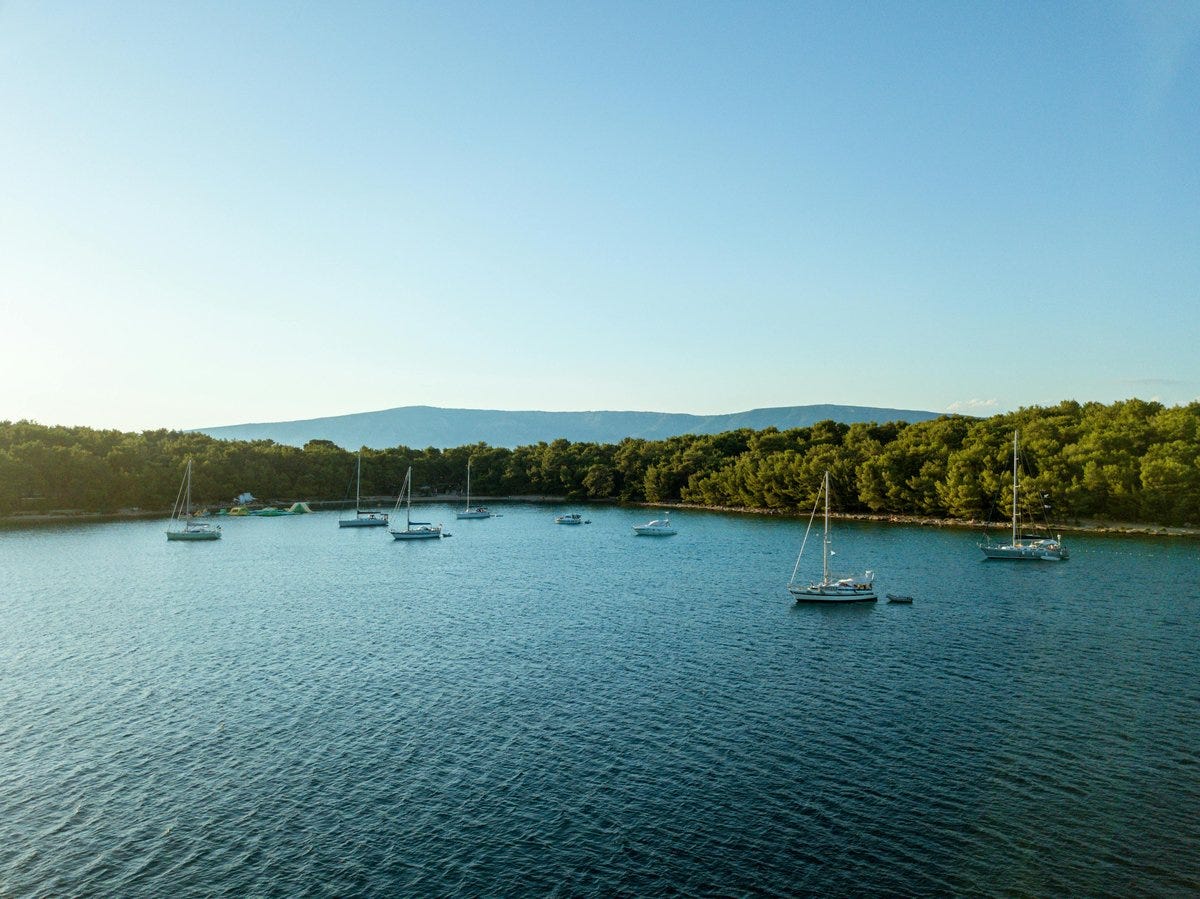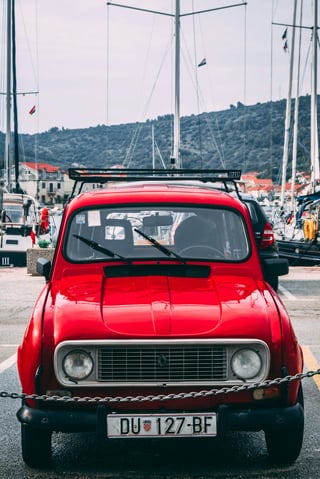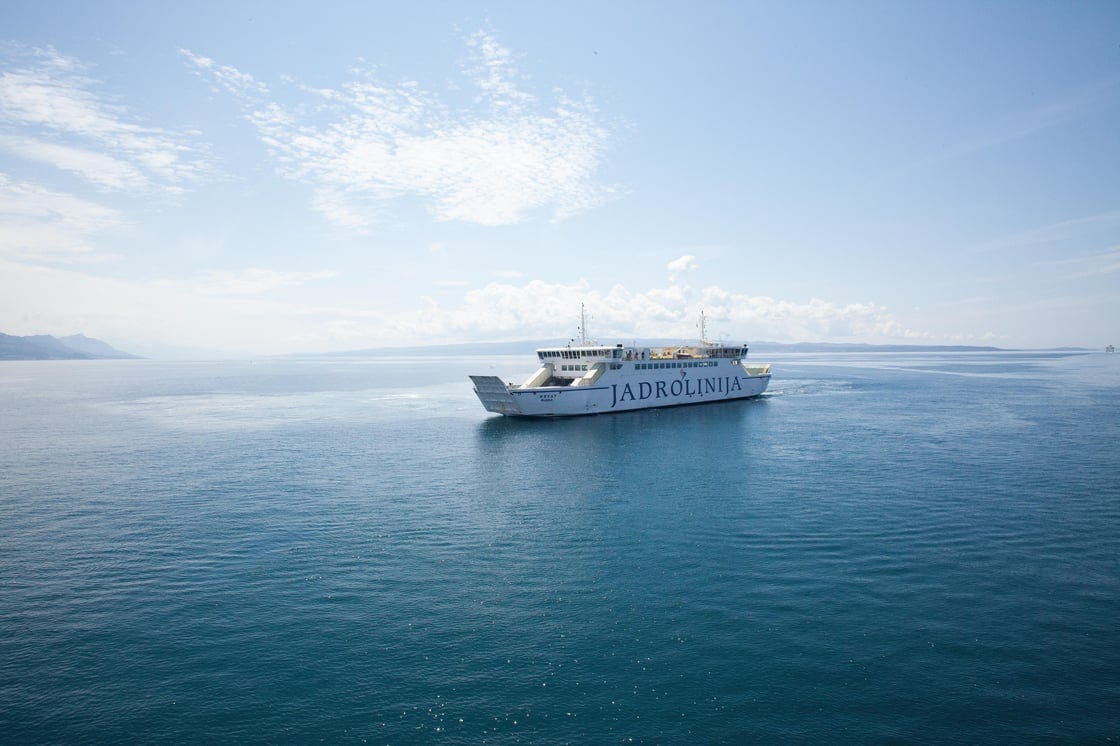Croatia
The surprising treasure on the Adriatic coast. Is it a wheelchair friendly place?
How Easy Is It to Travel Around Croatia in a Wheelchair?
Planning a trip to Croatia as a wheelchair user? The good news: it’s absolutely doable — and beautiful. But like much of Europe, accessibility varies depending on where you go and how you get around. Here's what you need to know to move around Croatia with confidence.
Getting Around by Car
Hiring a car (with hand controls, if needed) is often the easiest way to explore Croatia independently. While many rental companies don’t list adapted vehicles online, some do offer them on request — just be sure to book well in advance.
If you don’t drive, private transfers are a reliable and comfortable option. At Accessible Horizon, they help their guests arrange door-to-door transportation with drivers who understand mobility needs.
Public Transport: Buses
Most regional buses are not wheelchair accessible. Some cities like Zagreb and Rijeka have low-floor buses, but even these can be inconsistent.
If you’re considering buses, check an each route in advance or consider alternatives.
Trains: A Mixed Bag
Croatia’s rail network is limited. Larger stations like Zagreb offer some assistance, but many smaller stations and older trains lack proper access.
If you enjoy train travel, set expectations low or choose better-connected destinations.
Ferries: A Pleasant Surprise
Good news: many Jadrolinija ferries (especially larger routes from Split) are accessible! They often have ramps and accessible toilets, but it depends on the specific vessel.
Tip: Always check the boat model in advance. Accessible Horizon can help with this!
🚻 Accessible Toilets in Croatia
Accessible public toilets are available in larger cities like Split, Zagreb, and Dubrovnik — Split, for example, has several well-placed accessible toilets throughout the city center. However, in smaller towns and villages, they can be harder to find or not marked clearly.
If you're unsure where to go, contact Accessible Horizon to help you locate nearby accessible toilets in your destination. They know where to go!

Final Tips
Stick to coastal cities and islands with flat promenades
Old towns = beautiful but often bumpy (cobblestones)
Don’t hesitate to ask for help — locals are often very supportive






